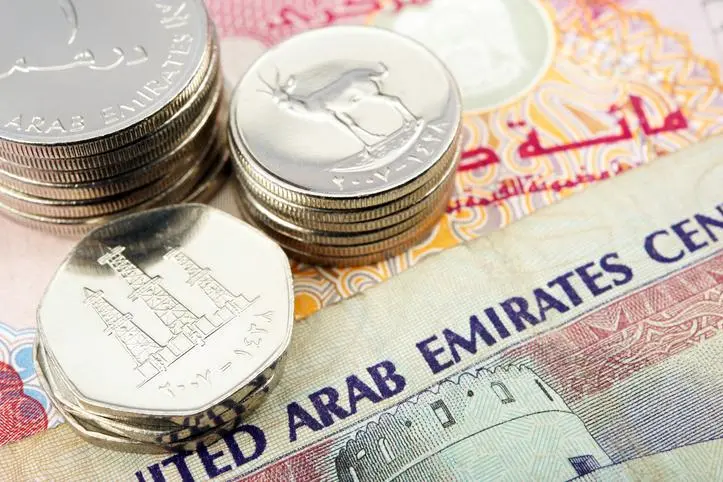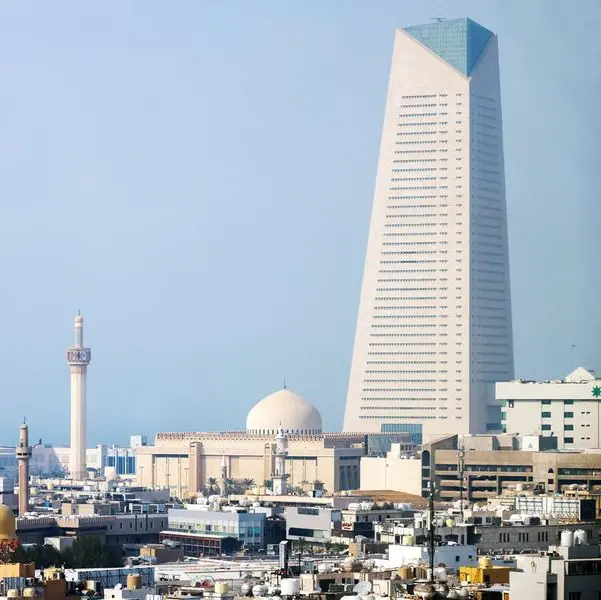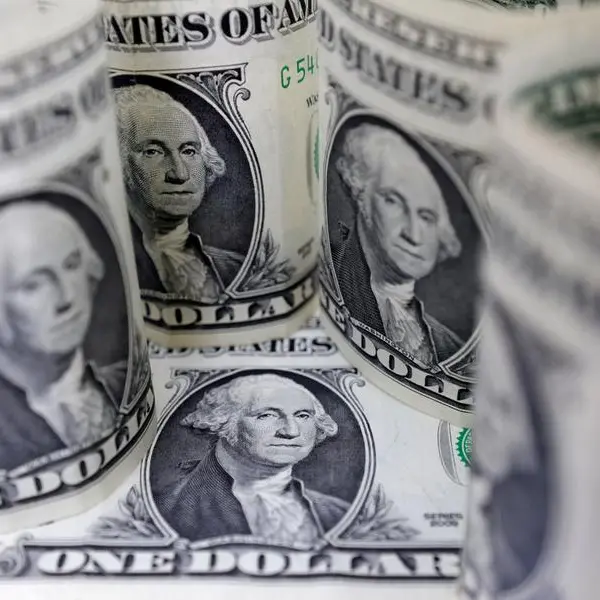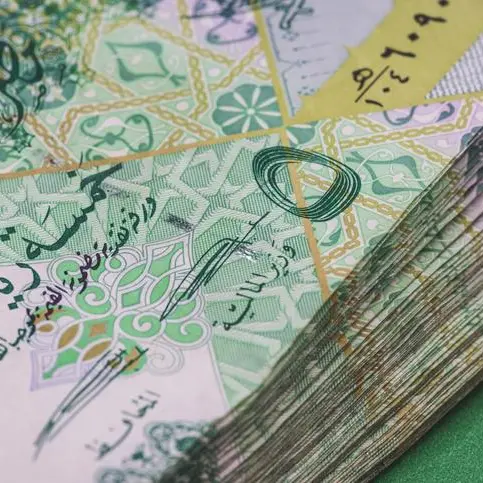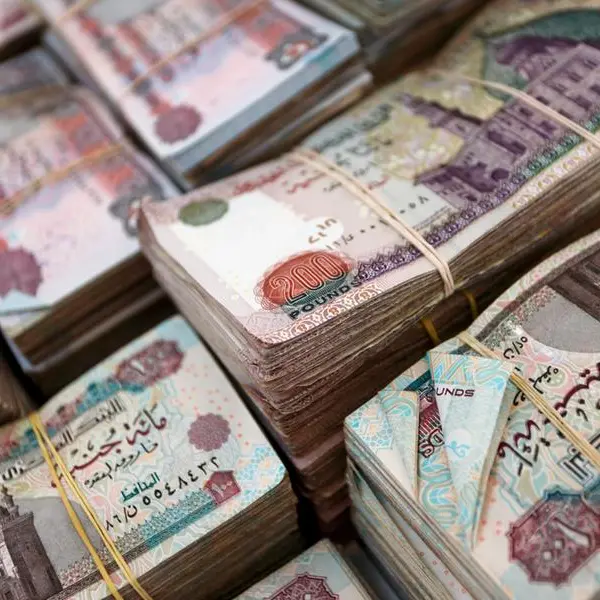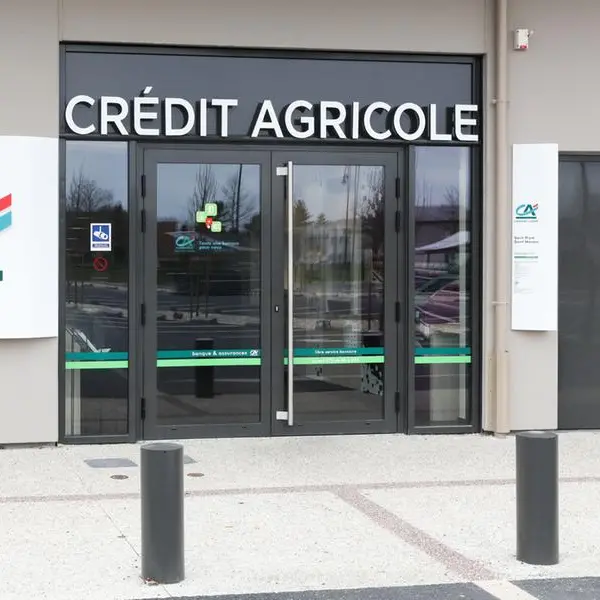PHOTO
The profitability of the UAE’s banking sector recovered significantly in 2021, as the local economy continued to recover from the COVID-19 pandemic, according to a new analysis.
Full-year aggregate net income of major lenders in the country rose 48.6 percent to 37.8 billion dirhams ($10.8bln) in 2021, supported by higher operating income and lower impairments, professional services firm Alvarez & Marsal (A&M) said in its latest UAE Banking Pulse.
The report is based on data from ten of the largest listed banks in the UAE, which include First Abu Dhabi Bank (FAB), Emirates NBD (ENBD), Abu Dhabi Commercial Bank (ADCB), Dubai Islamic Bank (DIB), Mashreq Bank (Mashreq), Abu Dhabi Islamic Bank (ADIB), Commercial Bank of Dubai (CBD), National Bank of Fujairah (NBF), National Bank of Ras Al Khaimah (RAK) and Sharjah Islamic Bank (SIB).
Total operating income of reviewed banks grew 5.2 percent on the back of higher fee and commission income, up 9 percent year-on-year, as well as higher income from investments and gains from foreign exchange, up 43.7 percent.
Deposits expanded by 6.7 percent, while the aggregate loan-to-deposit ratio (LDR) dipped to 82.1 percent, compared to 86.2 percent in the previous year.
Provisioning fell substantially, with the cost of risk contracting by 54 bps to 1.17 percent. Total loan loss provisions dropped by 30.1 percent to 19.6 billion dirhams.
A&M noted that despite higher liquidity, lenders in the UAE maintained a cautious approach towards originating new loans last year.
“It is likely that the banks are holding reserves considered too high for the risk profile of their portfolio, given recent credit trends,” it said.
(Writing by Cleofe Maceda; editing by Seban Scaria)
